20 Facts That I Recently Learned And Found Pretty Dang Interesting
- Oops!Something went wrong.Please try again later.
- Oops!Something went wrong.Please try again later.
- Oops!Something went wrong.Please try again later.
- Oops!Something went wrong.Please try again later.
- Oops!Something went wrong.Please try again later.
- Oops!Something went wrong.Please try again later.
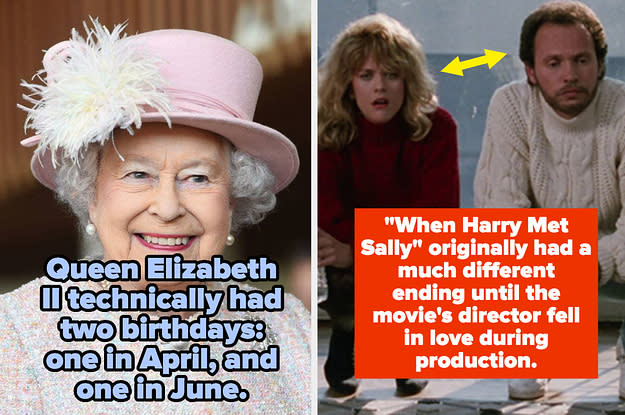
1.One man's desire to explore the Titanic was once used by the US government as a bargaining chip in exchange for exploring two US nuclear submarines that sank during the Cold War. Explorer Robert Ballard had long wanted to search for the Titanic wreckage but needed money to pull it off. The US Navy decided they would fund his exploration, so long as Ballard also searched for the USS Thresher and the USS Scorpion, which were believed to be located in the same area. The Titanic search also served as a cover story because the US didn't want Russia to realize that they were scoping out the submarines. After locating the submarines, Ballard had only 12 days left to find the Titanic but ended up being able to pull it off. "We got it, scoring the winning goal at the buzzer," Ballard told CNN about the feat.

2.While When Harry Met Sally might be one of the best friends-to-lovers romances of all time, it turns out that the beloved love story was supposed to pan out a little differently! In the movie, Harry and Sally meet when they're paired to drive cross-country to New York City and eventually become close friends, only to realize that they might actually have been in love with each other for years. Director Rob Reiner revealed that Harry and Sally were actually never supposed to end up together. Much of the film was based on Reiner's personal life. He had been long divorced and wasn't interested in ending the movie with a love story. Instead, the original script had Harry and Sally drifting apart, and ended with the pair bumping into each other on the street to briefly catch up before going their separate ways.
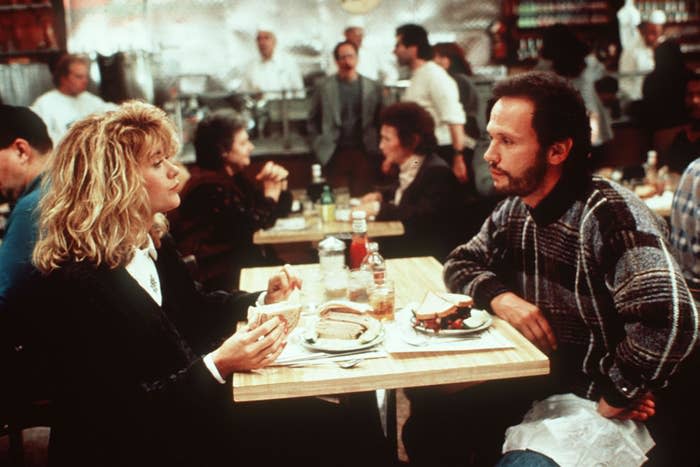
"I was in the middle of my single life," Reiner said in 1989. "I’d been out a number of times — all these disastrous, confusing relationships, one after another." During filming, Reiner was introduced to Michele Singer by Barry Sonnenfeld, the film's cinematographer, and the pair quickly fell for each other. Inspired by both Reiner's new love story and negative audience reaction to the original ending, Reiner and Nora Ephron, who wrote the screenplay, decided to revamp the ending. "It wasn’t until I met Michele that I thought, Okay, that’s how it could work for me, and I changed the ending to where they got together," Reiner revealed.

3.In 2001, casino owner Steve Wynn purchased "Le Rêve," Pablo Picasso's 1932 painting of his mistress Marie-Thérèse Walter for $48.4 million. Several years later, Steven Cohen, an art collector who had long coveted the painting, expressed interest in purchasing it, and the two worked out a deal: Cohen would acquire "Le Rêve" for a whopping $139 million, making it the highest price paid for a work of art. The painting went through inspections, and soon the deal was done. Just before the painting transferred over to Cohen, Wynn invited several friends to the Wynn Las Vegas hotel for the weekend. The group allegedly expressed interest in seeing "Le Rêve," so Wynn escorted them to the painting, where he accidentally elbowed "Le Rêve" and ripped it. Wynn was later able to have the painting repaired, and Cohen eventually bought it in 2013.
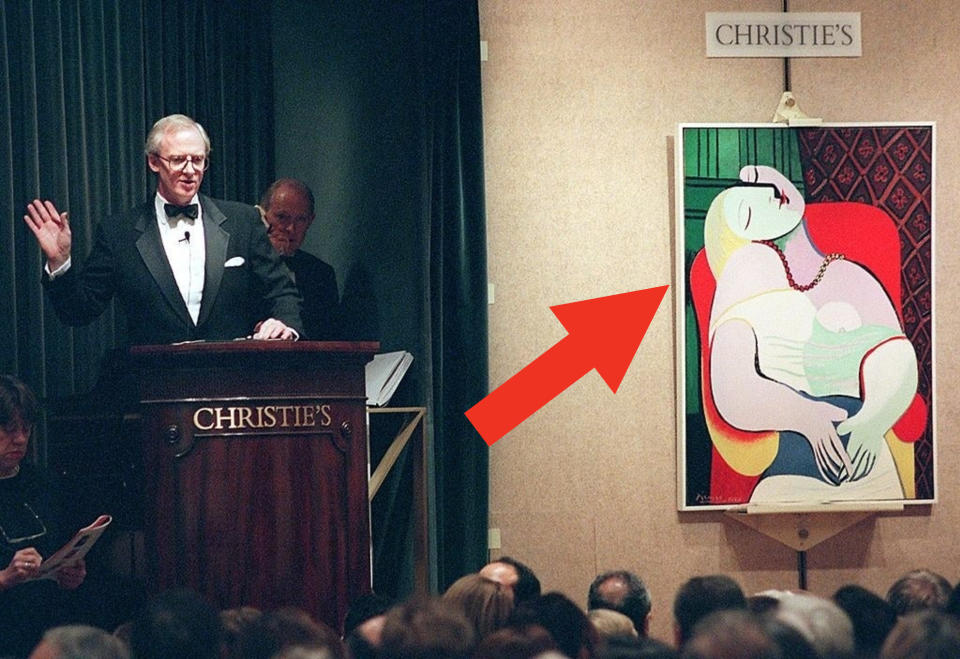
4.On Oct. 7, 1949, Jean Spangler, who worked as a background actor and dancer, disappeared in Los Angeles, a crime that has still not been solved over 70 years later. That fall, Spangler had been working as a dancer at Hollywood's Florentine Gardens and had just wrapped a bit part in The Petty Girl. While Spangler had been making strides in her career, according to Entertainment Weekly, she was also dealing with some personal drama: In 1942, she married Dexter Benner but filed for divorce just six months later. The pair eventually reconciled, and Spangler gave birth to their daughter in 1944. They split up again shortly after, launching a long custody battle, which Spangler eventually won.

On the night of Friday, Oct. 7, 1949, Spangler left her young daughter, Christine, with her sister-in-law, Sophie, and told them she was heading off to work. It wasn't unusual for Spangler to work nights, so Sophie reportedly didn't think anything of it. About two hours after leaving, Spangler allegedly called the apartment and told Sophie not to expect her back until the next morning because she had a long shoot ahead of her. When Spangler still hadn't returned by Saturday evening, Sophie called the police, who began searching for the actor. By Sunday morning, authorities had found Spangler's purse in the Fern Dell area of Los Angeles's Griffith Park. The purse's handle was torn, and inside was a note in Spangler's handwriting reading, "Kirk: Can't wait any longer. Going to see Dr. Scott. It will work best this way while mother is away."
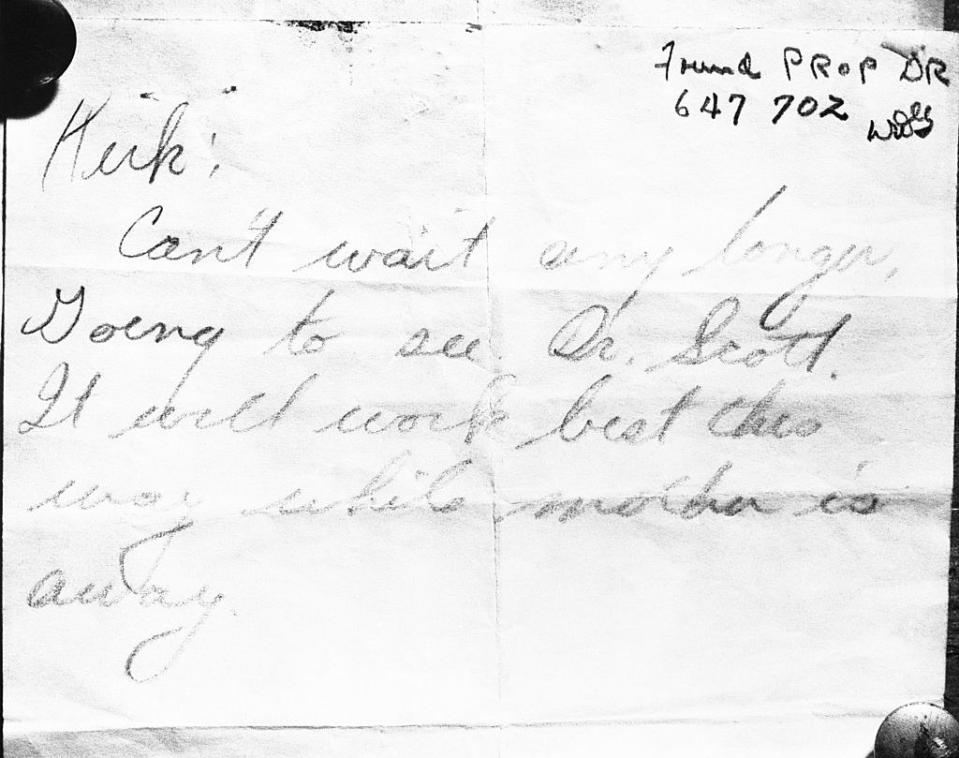
The discovery of the purse and the note deepened the case: Who were Kirk and Dr. Scott, and how did Spangler know them? Despite efforts by both the authorities and the Spangler family, there was no trace of Spangler. The LAPD has since declared the case an "unsolved missing persons case." To make the case even more troubling, Spangler's disappearance has been linked to the Black Dahlia case, in which Elizabeth Short, a young actor and dancer, was found murdered in Los Angeles in 1947. That case also went unsolved. So how was Spangler connected to Short? They both worked as dancers at Florentine Gardens.

There are several additional theories as to what happened to Spangler. Some believe that the Kirk in the note is actor Kirk Douglas, whom Spangler worked with in the movie Young Man With a Horn. Spangler's mother recalled her mentioning a "Kirk," and Spangler had allegedly told several people that she was involved in a new romance. Douglas said he met Spangler on set but denied knowing her well. Others believe that Dr. Scott, who was mentioned in the note, had something to do with it. Authorities confirmed that Spangler knew a Dr. Scott, but no doctors with that name admitted to knowing Spangler, who had allegedly had an affair with a man named Scotty years earlier. Additional theories point fingers at the mob, claiming that Spangler had reportedly been seen with members just days before. Finally, Entertainment Weekly reported that many believe Spangler's ex-husband had something to do with her disappearance, in an attempt to regain custody of Christine.

5.To be honest, I didn't think snails had any teeth at all, so to learn that they actually have thousands throughout their lifetime was certainly a shock to the system. A snail has dozens of rows of teeth, which, according to NPR, "form a multitoothed ribbon called a radula." As the teeth get worn down, they fall out and are replaced by the next row of teeth. Within four to six weeks, a snail's entire set of chompers has been replaced, with new teeth constantly growing.
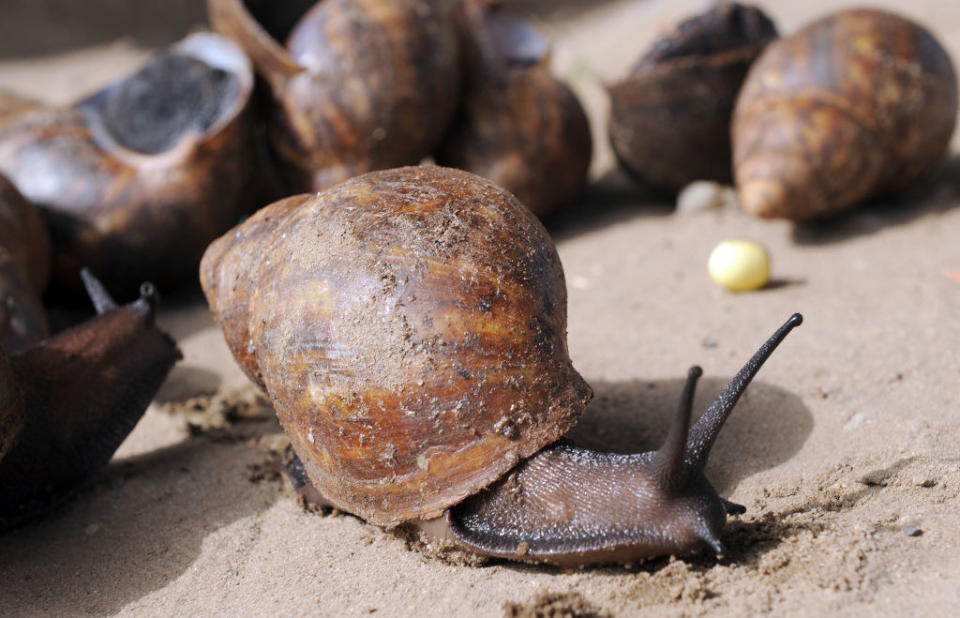
6.While the song "Respect" was certainly popularized by Aretha Franklin, it actually began as an Otis Redding song about a man demanding respect from his wife. Redding's version of the song, which was released in 1965, was a modest hit, reaching No. 35 on the US charts. Redding said that he loved the song not only for its musicality but also for its message. "It says something, too: 'What you want, baby, you got it; what you need, baby, you got it; all I’m asking for is a little respect when I come home.' The song lines are great," Redding said. Meanwhile, in November 1966, Franklin parted ways with her label, Columbia Records, after allegedly not selling as many records as they initially believed she would.
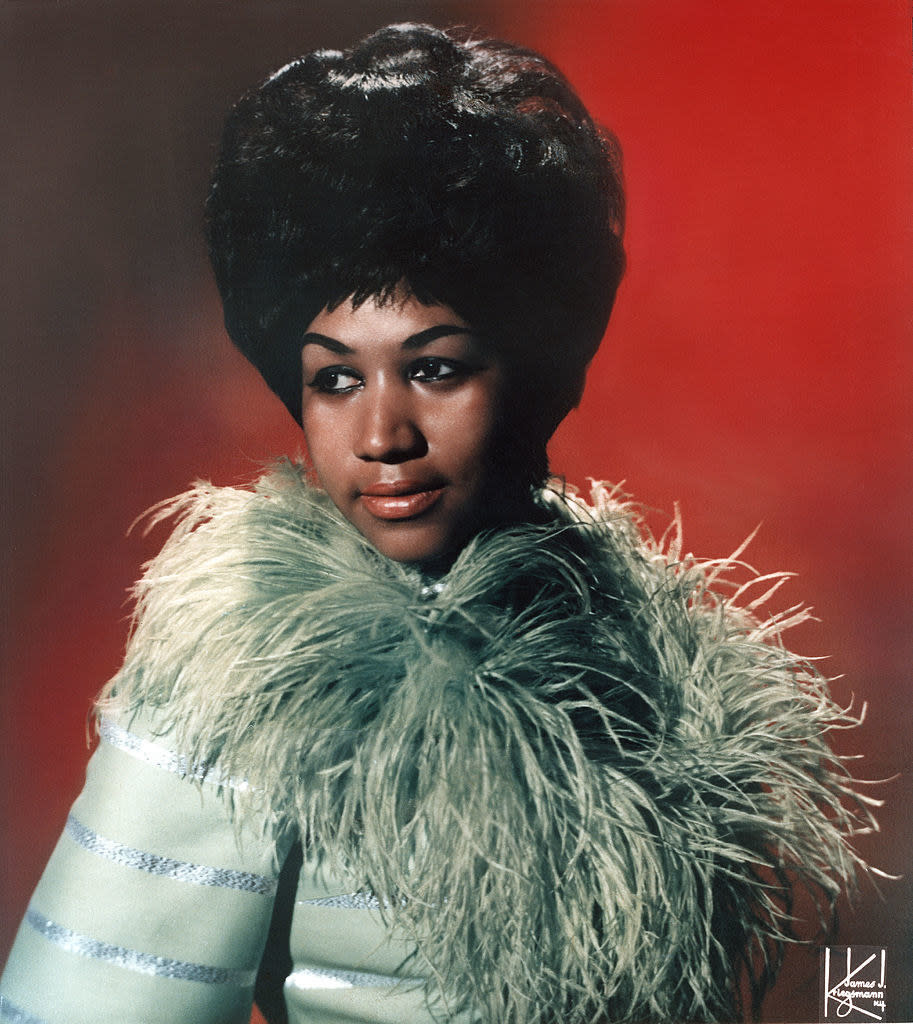
Soon after, Franklin was signed to Atlantic Records. During one of her first recording sessions, she began singing "Respect." Tom Dowd, a studio engineer, had actually worked on Redding's version of the song and noted how Franklin, along with her sister Carolyn, reworked the song to put her own twist on the track, singing from the perspective of a woman. "Respect" immediately hit No. 1 and became Franklin's most famous song. "Well, I just love it," Franklin said of the song in 2014. "Of course, that became a mantra for the civil rights movement. 'Respect' is just basic to everyone: Everybody wants and needs respect. It’s basic to mankind. Perhaps what people could not say, the record said it for them."
7.In 1984, Coca-Cola launched a campaign to design soda cans that could be used in space. The prototype worked in weightlessness, allowing the soda to remain fizzy without spewing out of the can. NASA allowed the astronauts to test the cans on board a space flight. When Pepsi heard about Coca-Cola's plan, it decided to develop its own cans. In 1985, the Coke and Pepsi cans were both tested on the STS-51-F mission. Astronauts had some mixed reviews of the cans, and NASA ultimately decided not to include either brand's can in its official spacecraft pantry.

8.Chances are, you were taught about George Washington chopping down the cherry tree as a child. The story goes something like this: A young Washington received a hatchet as a gift. When he went outside to test out his new weapon, he damaged his father's cherry tree. He tried to play it off until his father confronted him, to which Washington reportedly replied with some version of, "I cannot tell a lie…I cut the cherry tree." The story is often taught to children in order to promote honesty, but the kicker is that the story isn't true at all.
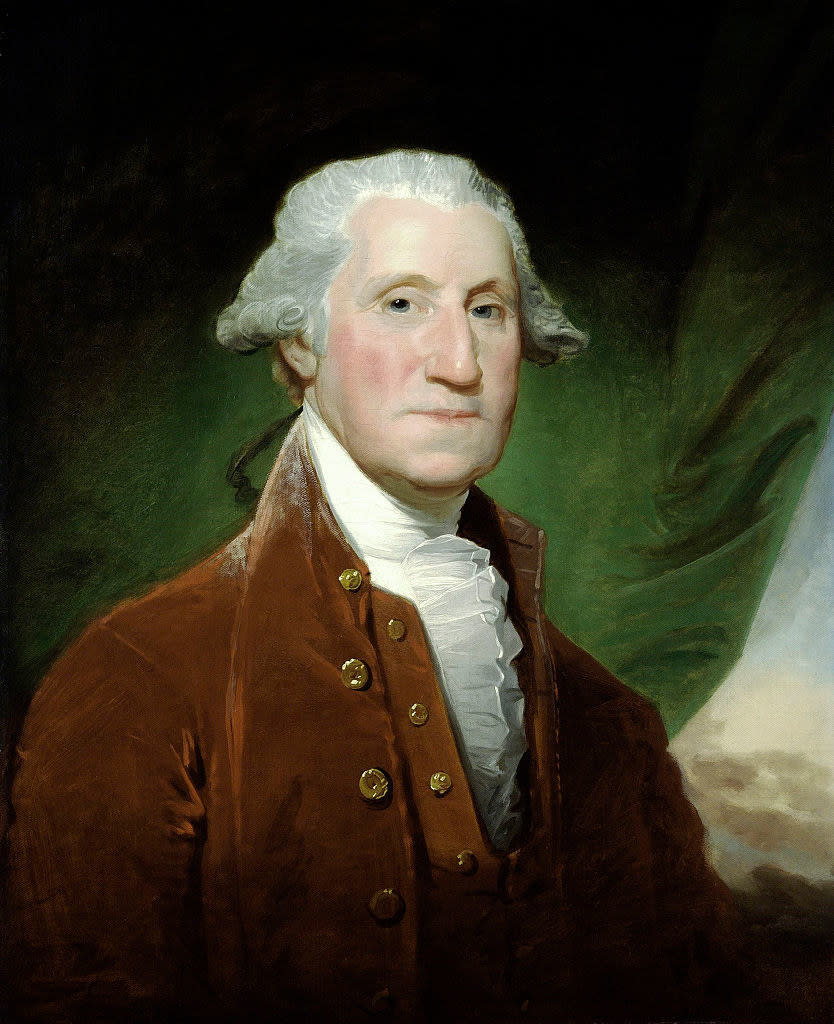
So how did this story come to be? After Washington died in 1799, there was a high demand for new stories about the president. Mason Locke Weems, Washington's biographer, decided to publish a new biography full of details about Washington's life. When the first printing of the book was released in 1800, the cherry tree story was not included but was added in time for the book's fifth printing in 1806. Weems's book included lots of false stories about the president, but the cherry tree story proved to be the most enduring.
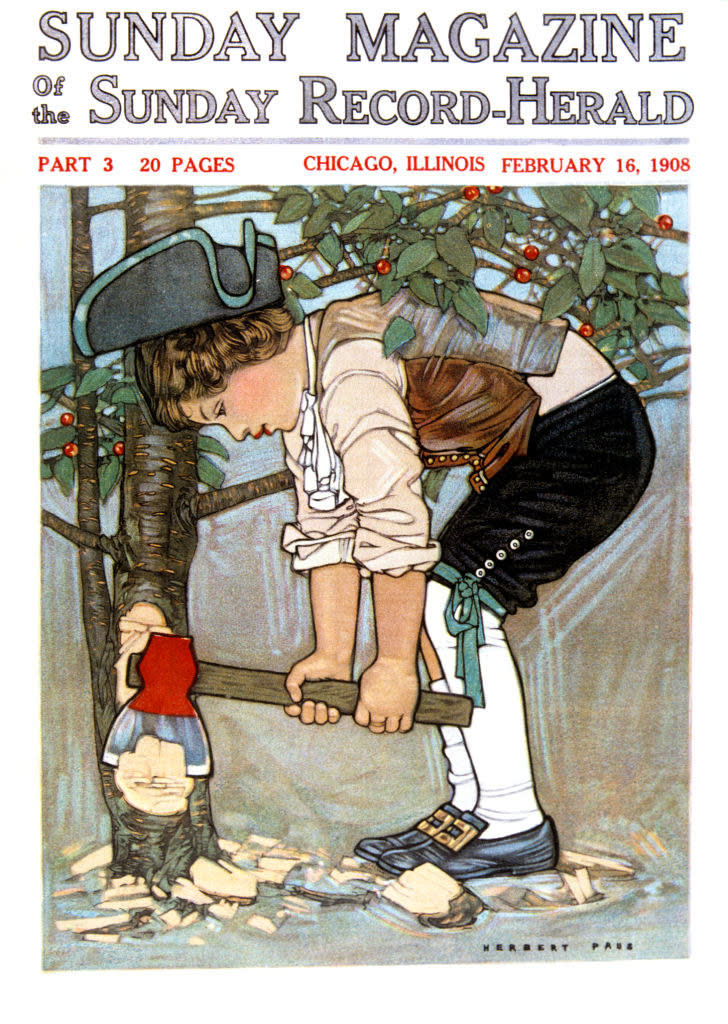
Weems included fake stories about Washington's personal life in order to make him seem like the ideal role model for young Americans. While the original version of the story was written with a general audience in mind, in 1836, it was rewritten by William Holmes McGuffey for a series of children's textbooks. The textbooks remained in print for over 100 years. Many people began claiming the myth as fact. In 1835, P.T. Barnum bought Joice Heth, an enslaved woman who claimed to have raised George Washington. Heth corroborated the cherry tree story, even though she likely had never even met Washington, as she would have been 161 years old in order to have raised him, as she claimed.
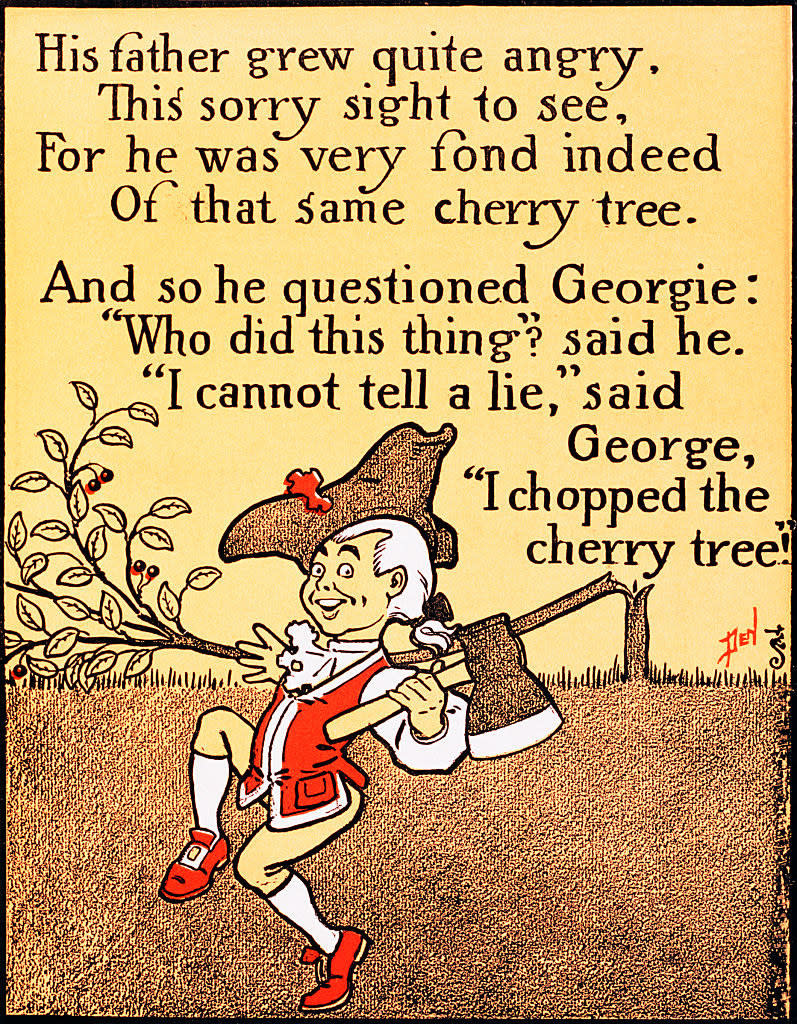
9.If you ever thought Parks and Recreation and The Office seemed pretty similar, you were correct. After The Office became a smash hit for NBC, they hoped that Parks and Recreation could capture the same audience, and planned a very specific plot point to link the two shows. Paul Lieberstein, who played Toby, in addition to working as a writer and executive producer on The Office, intended for a broken copier featured in an episode of the show to be sent away for repairs. However, instead of returning to the Dunder Mifflin office in Scranton, Pennsylvania, the copier would be refurbished and shipped off to Pawnee, Indiana, where it would serve as the Parks and Recreation Department's copier. The plan to link the shows was eventually abandoned, and Parks and Recreation went on to be its own series instead of an Office spinoff.

NBC / Via giphy.com
10.Ever wondered why Queen Elizabeth II's birthday was celebrated in June, when she was actually born in April? While Elizabeth was born on April 21, 1926, all of her birthday festivities take place in June, at an event known as the Trooping of the Colour, which is normally held during the second week of June. Palace officials believed that her April birthday lent itself to the possibility of inclement weather, so they decided to move her big day to June to ensure nice-enough weather for a parade.

Believe it or not, Queen Elizabeth II isn't the only royal to have two birthdays. The tradition actually began in 1748 with King George II, whose birthday was in November. He decided to combine his birthday celebration with the Trooping of the Colour events so that spectators wouldn't get sick while gathering outside in the cold to celebrate his birthday in November. Before becoming king, George was known for his time in the military, so it made sense to celebrate at a military-themed event. Years later, Edward VII, who also had a November birthday, made the June date for the Trooping of the Colour official. Queen Elizabeth II's birthday shifted dates a few times during her reign: It was held on Thursdays for her first seven years as queen but later shifted to Saturdays.

11.Explorers traversing the summit of Kīlauea and the Kaʻū Desert in Hawaii have noticed long, blonde strands of hair dusting the ground. The hair actually doesn't belong to humans or animals — it comes from the volcano itself! The strands are thin glass fibers, known as Pele's hair, named after Pele, a Hawaiian deity who created the state's volcanic landscape. The hairlike objects are created when gas bubbles burst after a volcanic eruption. The molten lava is stretched into long threads. The strands are so light that they're easily picked up by the wind, and often clump together when they settle, thus creating the hair effect. Don't be fooled, though! The strands can often be sharp and have been known to become lodged in eyes and skin.

12.All clown fish are born male but can change their sex to female in order to become a dominant member of their school. If you've seen Finding Nemo, then you probably know that clown fish live in an anemone. Within that, there is one "breeding pair" that lives among other nonbreeding fish. When the female from the breeding pair dies, one of the male fish becomes female. This is known as sequential hermaphroditism and is an irreversible change. Of course, that technically means that in Finding Nemo, Marlin would have turned into a female after Nemo's mother died.

Pixar / Via giphy.com
13.1967's The Jungle Book ended up being the final film Walt Disney ever worked on. Disney first expressed an interest in buying the rights to Rudyard Kipling's novel in the 1930s but was unsuccessful in securing the rights for over a decade. Although Disney was a fan of the original book, he wanted to make some big changes to the script so that the film would align more with the typical family-friendly Disney fare. This allegedly caused some controversy with his team.

After The Sword and the Stone received negative reviews from critics, Disney decided that he was going to return to film, and vowed to personally oversee the entire production of The Jungle Book to ensure that it wouldn't be another flop. During this time, Disney had largely stepped back from the movie business as he prepared to open his amusement parks. Shortly before the film was completed, Disney died of lung cancer. When the movie launched, it was well received by both critics and viewers, although some have attributed the movie's success to an outpouring of support for the filmmaker in the wake of his death.
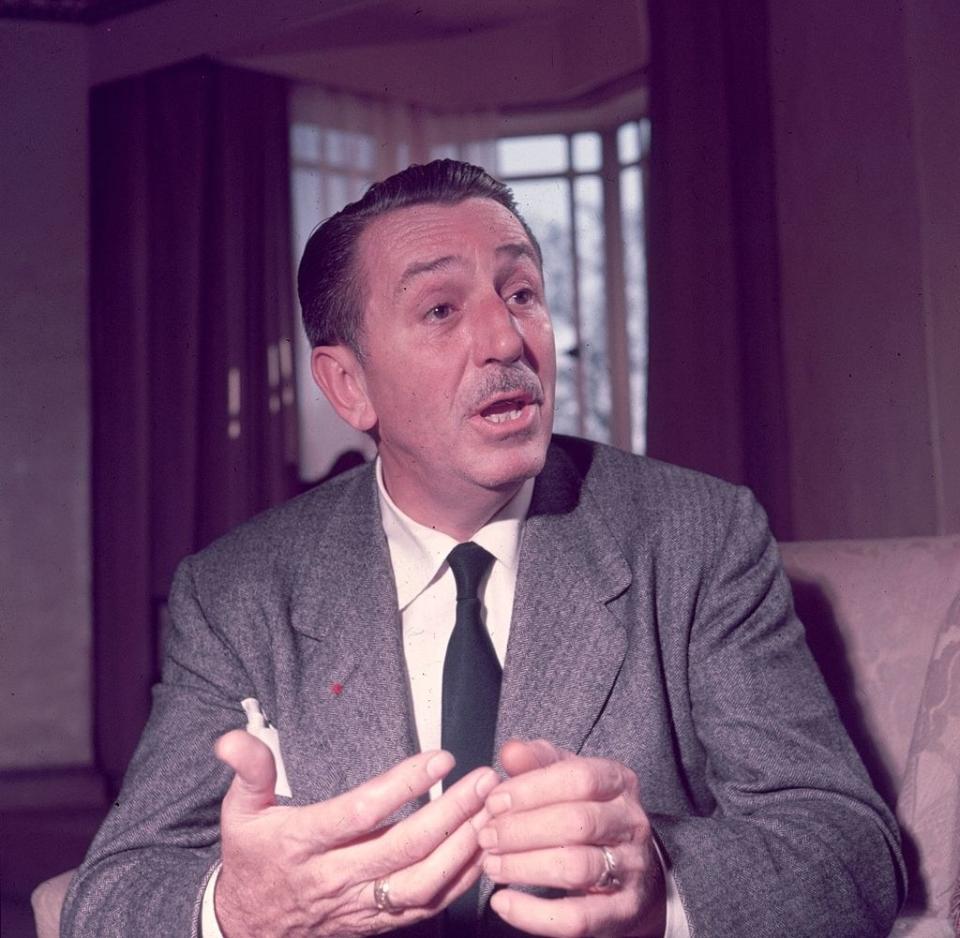
14.While moving in New York City is an utter hassle, I truly can't imagine how bad it used to be on the city's mandated "Moving Day." From the colonial period to around World War II, every lease in the city ended on May 1, so millions of people had to move that day. There was a law that stated that every landlord had to notify tenants of rent increases on Feb. 1, giving them ample time to find new places to live before May 1's Moving Day. Although I think having an entire city move on the same day seems like a complete nightmare, Moving Day was often seen as a holiday, and most local schools were closed to commemorate the day.

15.When temperatures rise in Australia, flower nectar begins to ferment. This proves dangerous for bees, which get drunk off of the fermented nectar. When the tipsy bees try to get back into their hives, they're often turned away by the bees on guard until they sober up. So why can't drunk bees reenter their hives? They run the risk of fermenting the hive's honey, which could prove fatal to the entire colony.

US Fish and Wildlife / Via giphy.com
16.My inner 12-year old is very excited about the film adaptation of Judy Blume's classic YA novel, Are You There God? It's Me, Margaret, so I recently set out on a nostalgic deep dive into the beloved title. Blume revealed that she wrote the book in just six weeks. "It was all so new, so exciting, so close to the surface," she wrote. "Margaret is the book that changed my life." The novel, which covers topics like puberty and sex, garnered immense praise and overwhelming criticism, landing on both "best of" and "most banned" lists. Blume said she never set out to write such a controversial title.
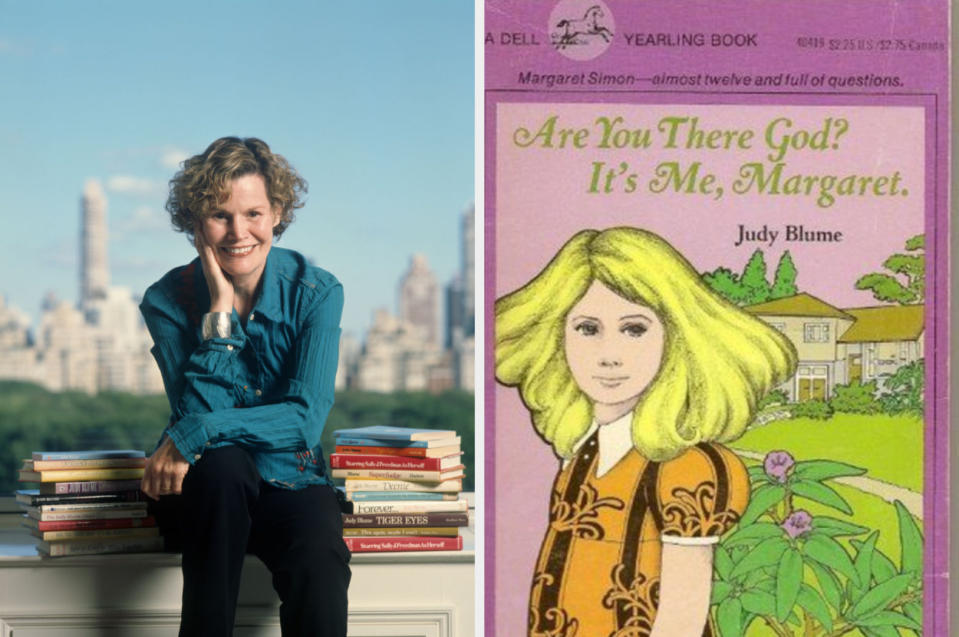
"To me, there was nothing wrong with thinking about getting your period and wanting your breasts to grow. It wasn't controversial in my mind. It was just true." Blume said she donated three signed copies of the book to her children's school, only to be shocked when the books were pulled from the library's shelves. "The male principal was not a good guy for many, many reasons. But he removed them from the library and he said, 'You know, girls in sixth grade are too young to read about this. We can't have these books in our library,'" Blume said. Although Blume said she long resisted turning the book into a movie, she eventually caved. "'I would love to see Margaret done well.' Why not? What am I waiting for? I’m 80 years old. If I want to see it, I better hurry up."
17.In 2015, Taylor Swift trademarked several phrases from her 1989 album, including "This sick beat," "Nice to meet you, where you been?" and "We never go out of style." The trademarks meant that the phrases could not be printed on non-Swift-approved merchandise. It applied to everything from the typical merch, like tote bags, mugs, and T-shirts, to some unconventional items, including "napkin holders, paint brushes, Christmas tree ornaments and 'whips, harness and saddlery.'"

18.In the lead-up to the Prohibition, there was an increase in "dry" propaganda, which emphasized the alleged dangers of drinking. This propaganda became required reading in schools but was actually full of misinformation about alcohol, and let me tell you, reading some of the most widely spread ideas had my jaw on the floor. Mental Floss reported that one commonly held belief was that drinking alcohol would turn people's blood into water. This was spread by a branch of the Women’s Christian Temperance Union, a group that believed that prohibiting alcohol would lead to the elimination of domestic violence. Another myth, attributed to Alfred Ploetz, a German eugenicist who would later go on to join the Nazi Party, was that the scent of alcohol would lead to birth defects.
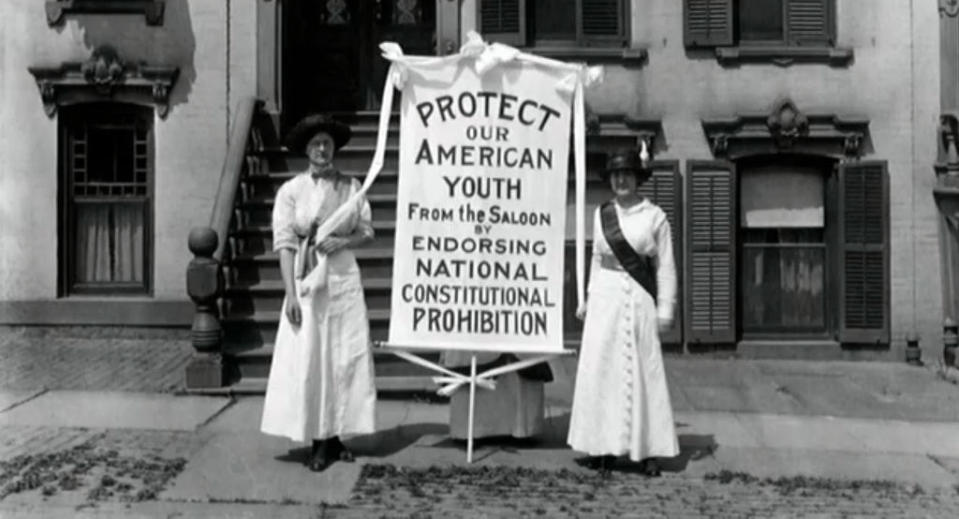
The other propaganda included the belief that a popular type of wine was made by allowing a bag of dried cockroaches to dissolve in a bottle of liquor. But perhaps the wildest of them all was the idea that the brains of frequent drinkers were more flammable. George McCandlish, a known Prohibitionist, claimed that he once saw two surgeons performing an autopsy on a heavy drinker. McCandlish alleged that he witnessed the surgeons hold a lighted match to the patient's brain, which immediately caught on fire, thus reportedly proving the presence of alcohol in the brain matter.

19.You might not expect Birmingham, Alabama, to be home to the world's biggest iron statue, but "Vulcan," located on Red Mountain, has earned the honor. Italian artist Giuseppe Moretti sculpted it in 1904 as part of an exhibit for the St. Louis World's Fair to promote the city and state. Vulcan, the Roman god of fire and forge, represented Alabama's growing interest in metalwork and production. In 1946, a torch was added to the statue's hand to represent traffic conditions: If the light was red, there had been a fatal accident; if it was green, there hadn't been any fatalities. The torch was removed during restoration in 1999 in an attempt to return the statue to its original form. "Vulcan" is actually the second-largest statue in the United States — only the "Statue of Liberty" is bigger!

20.And finally, Victoria Claflin Woodhull was the first woman ever to run for president of the United States. Woodhull was born into poverty in 1838. Under the encouragement of their father, Woodhull and her sister, Tennessee Claflin, began dabbling in séances and fortune telling, which allowed them to begin earning money. In 1868, the duo moved to New York, where they met Cornelius Vanderbilt. The sisters worked out a deal with Vanderbilt: He would offer them stock advice in exchange for Woodhull becoming his personal clairvoyant, helping him contact his dead wife.

In 1870, Vanderbilt helped the sisters open Woodhull, Claflin, & Co., the first woman-owned Wall Street firm. They also began to publish a radical leftist newspaper and were among the first to publish The Communist Manifesto in the United States. By 1872, Woodhull had her sights set on the presidency, and that year she became the first woman to run for president. Her campaign, ultimately unsuccessful, included promises like women's suffrage and the abolition of the death penalty. After losing, she moved to England, where she started another newspaper and worked on the grounds of George Washington's ancestral home.


